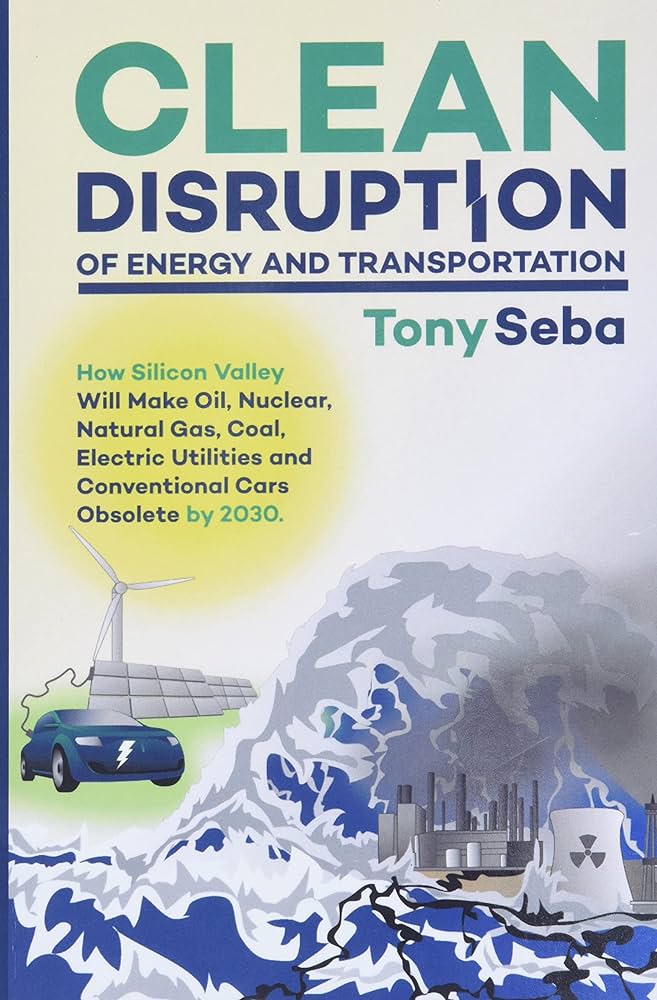Introduction
Traditional building materials have been used for centuries to construct homes, buildings, and infrastructure. However, with the advancements in technology and the need for more sustainable and efficient construction methods, these traditional materials are slowly becoming obsolete. In this blog post, we will explore the reasons behind this shift and discuss the emerging alternatives that are revolutionizing the construction industry.
2. Environmental Impact
One of the main reasons traditional building materials are becoming obsolete is their negative impact on the environment. Materials like concrete and steel require a significant amount of energy to produce, contributing to greenhouse gas emissions. Additionally, the extraction of these materials often leads to deforestation and habitat destruction.
2.1 Sustainable Alternatives
Newer building materials, such as bamboo and recycled materials, offer a more sustainable alternative. Bamboo, for example, is a fast-growing plant that can be harvested without causing significant damage to the environment. Recycled materials, on the other hand, reduce the need for new resource extraction and minimize waste.
3. Energy Efficiency
Traditional building materials often lack proper insulation, resulting in higher energy consumption for heating and cooling. This inefficiency not only increases energy costs but also contributes to carbon emissions. As a result, there is a growing demand for materials that offer better insulation properties.
3.1 Insulated Concrete Forms
Insulated Concrete Forms (ICFs) are a modern alternative that provides excellent insulation. These forms consist of foam panels that are filled with concrete, creating a highly energy-efficient structure. ICFs not only reduce energy consumption but also offer better soundproofing and durability.
4. Durability and Maintenance
Traditional building materials, such as wood, may require regular maintenance and repairs due to their susceptibility to rot, pests, and weathering. This ongoing maintenance can be costly and time-consuming. As a result, there is a growing demand for materials that offer better durability and require minimal maintenance.
4.1 Fiber Cement Siding
Fiber cement siding is a popular alternative to traditional wood siding. It is made from a mixture of cement, sand, and cellulose fibers, making it resistant to rot, pests, and fire.
Summary
As society progresses, so does the need for innovation in various sectors, including construction. Traditional building materials like wood, brick, and concrete have long been the go-to choices for construction projects. However, these materials come with their limitations and drawbacks.
One of the main reasons why traditional building materials are becoming obsolete is their impact on the environment. Deforestation for wood, carbon emissions from brick production, and the energy-intensive manufacturing process of concrete all contribute to environmental degradation. As sustainability becomes a key concern, alternative materials that are eco-friendly and renewable are gaining popularity.

Another factor driving the shift towards new building materials is the need for energy-efficient structures. Traditional materials often lack proper insulation, leading to higher energy consumption for heating and cooling. New materials, such as insulated concrete forms and structural insulated panels, offer superior thermal performance, reducing energy costs and carbon footprint.
Furthermore, the demand for faster construction methods has also played a role in rendering traditional materials obsolete. Prefabricated materials and modular construction techniques allow for quicker assembly and reduced labor costs. These innovative approaches not only save time but also ensure higher quality and precision in the construction process.
In conclusion, traditional building materials are gradually being replaced by more sustainable, energy-efficient, and time-saving alternatives. The construction industry is embracing new materials that offer improved performance, reduced environmental impact, and enhanced efficiency. As we move towards a greener and more technologically ad look at this web-site vanced future, it is essential to adapt and embrace these emerging materials to meet the evolving needs of the construction sector.
- Q: Why are traditional building materials becoming obsolete?
- A: Traditional building materials are becoming obsolete due to several reasons:
-  


